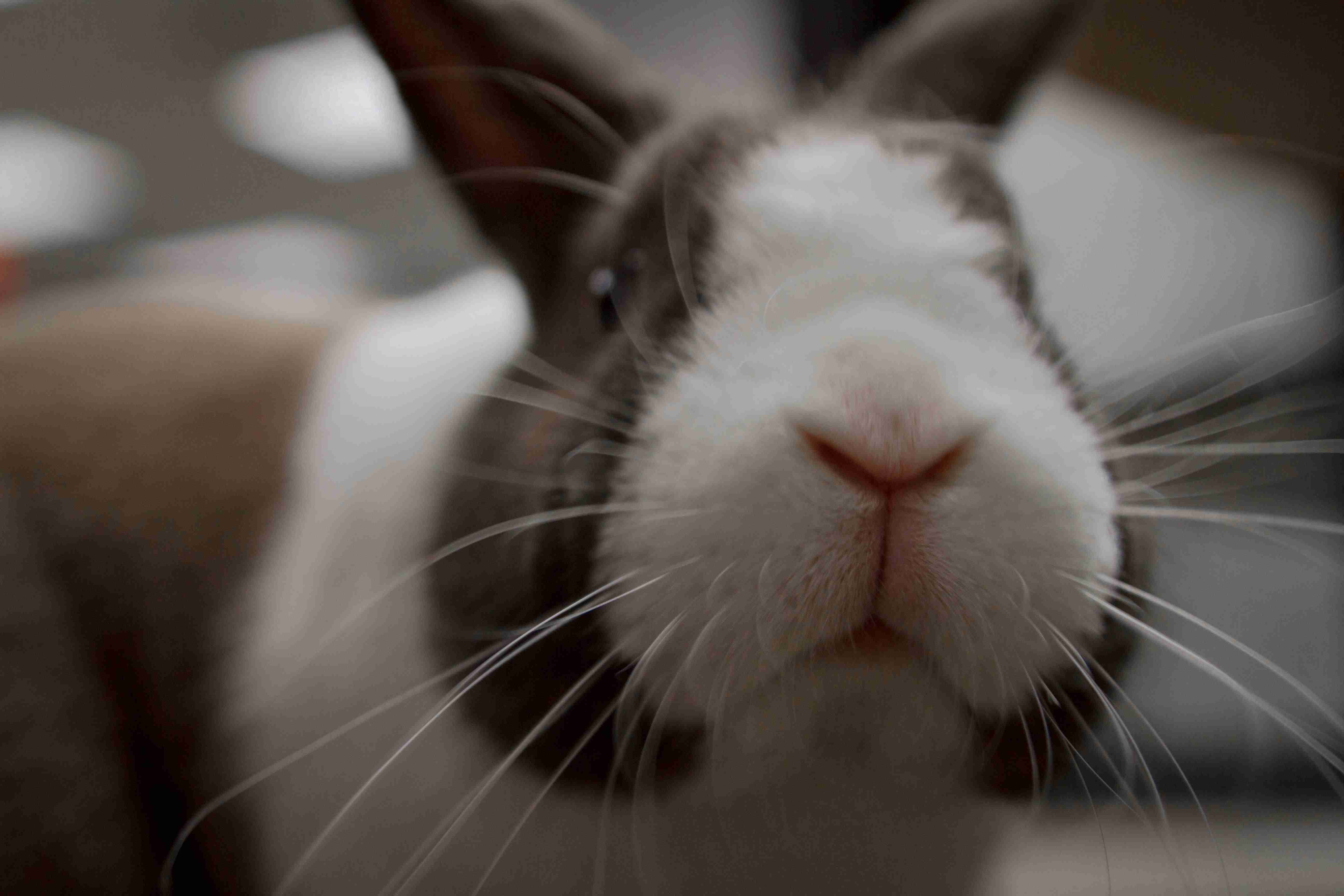Rabbits are adorable and lovable creatures that make for great pets. However, just like any other animal, they can experience pain and discomfort. As a rabbit owner, it’s important to be aware of the signs that your furry friend may be in pain. Since rabbits are prey animals, they have a natural instinct to hide their pain, making it difficult for owners to recognize their discomfort. In this blog post, we’ll discuss some of the common signs that your rabbit may be in pain and what you can do to help them feel better. Read on to learn more about how to tell if your rabbit is in pain.
Rabbits are adorable and lovable pets. They are sensitive animals, and their owners should pay close attention to their behavior. Rabbits are prey animals, and in the wild, they hide their pain to avoid becoming the target of predators. Therefore, it is essential to keep an eye on your rabbit to ensure they are not in pain. Here are some signs that your rabbit is in pain.
1. Loss of appetite:
Rabbits have a healthy appetite, and they eat frequently throughout the day. If your rabbit is not eating or has lost its appetite, it could be a sign of pain. Loss of appetite could be due to dental problems, gastrointestinal stasis, or other underlying health issues.
2. Teeth grinding:
Rabbits grind their teeth when they are in pain. Teeth grinding is a sign of discomfort, and it is essential to identify the cause of the pain. If your rabbit is grinding their teeth, you should check their teeth, ears, and eyes for any signs of discomfort.
3. Hunched posture:
When rabbits are in pain, they tend to adopt a hunched posture. The rabbit’s back may appear to be arched, and they may tuck their head in. This posture indicates that the rabbit is trying to protect the painful area.
4. Reduced activity levels:
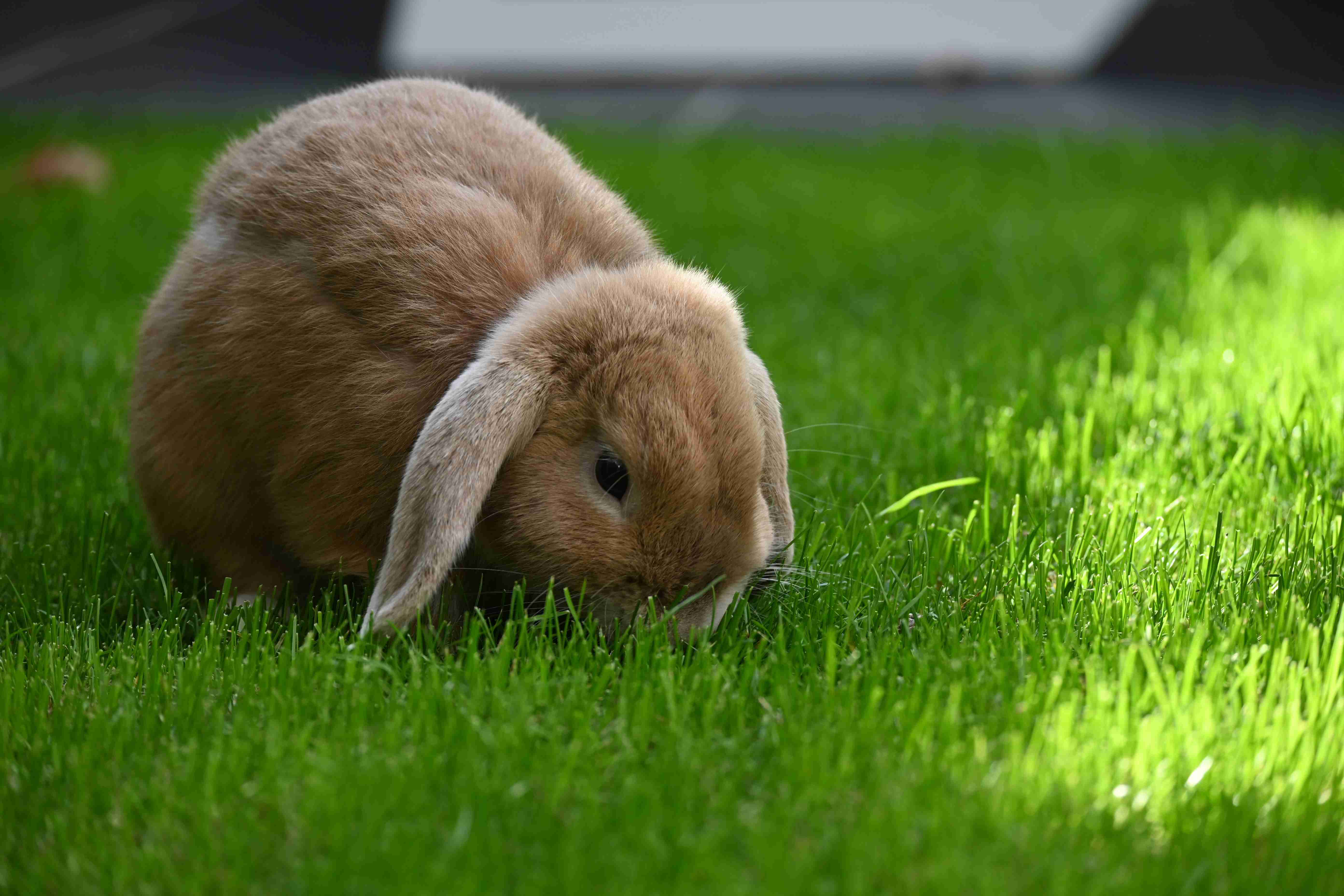
Rabbits are active animals, and they like to run, jump and play. If your rabbit is not as active as usual, it could be a sign of pain. Reduced activity levels could indicate that your rabbit is in pain and needs medical attention.
5. Aggressiveness:
Rabbits can become aggressive when they are in pain. If your rabbit is normally docile but is suddenly aggressive, it could be a sign of pain. Rabbits may bite or scratch when they are in pain, and it is essential to handle them carefully.
6. Restlessness:
If your rabbit is restless and cannot seem to settle down, it could be a sign of pain. Rabbits in pain may pace back and forth or appear agitated. Restlessness could also be a sign of anxiety or stress, so it is essential to identify the cause of the behavior.
7. Lethargy:
Rabbits in pain may become lethargic and appear tired. They may spend more time sleeping and less time playing. Lethargy could be a sign of an underlying health issue, and it is essential to seek medical attention immediately.
Overall, recognizing the signs that your rabbit is in pain is essential to ensure that your pet is healthy and happy. As a rabbit owner, it is essential to monitor your rabbit’s behavior and seek medical attention if you notice any signs of pain. Remember, rabbits are fragile animals, and it is crucial to handle them with care.
In conclusion, recognizing the signs of pain in your rabbit is crucial for their well-being. As a responsible rabbit owner, it’s your duty to keep an eye on your pet’s behavior and body language daily. If you notice any of the signs we have mentioned, don’t hesitate to take your rabbit to the vet immediately. Remember, early intervention is key to preventing any further complications and ensuring a quick recovery for your furry friend. By providing a safe, comfortable, and healthy environment for your rabbit, you can help them live a happy and pain-free life.


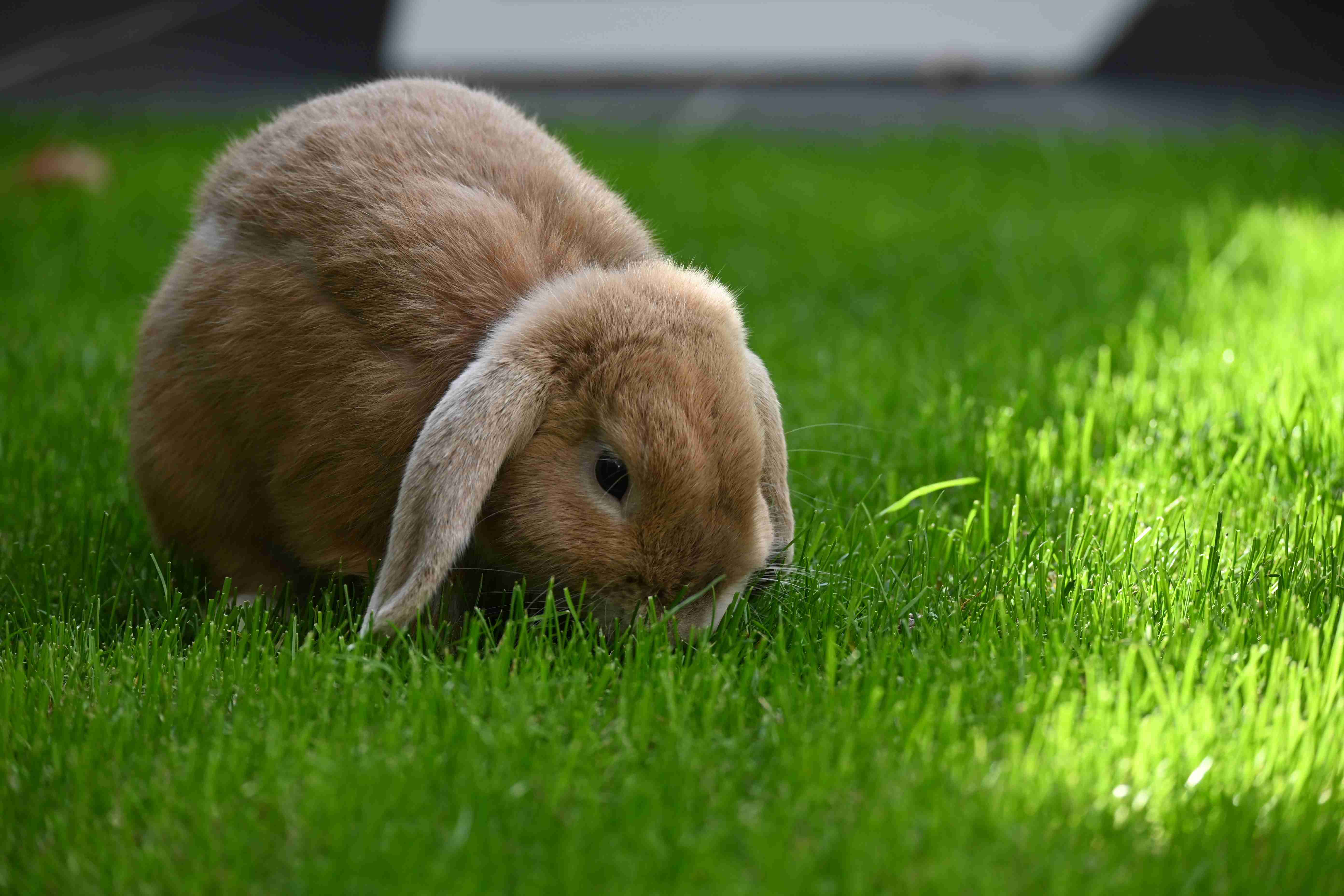
.jpg)
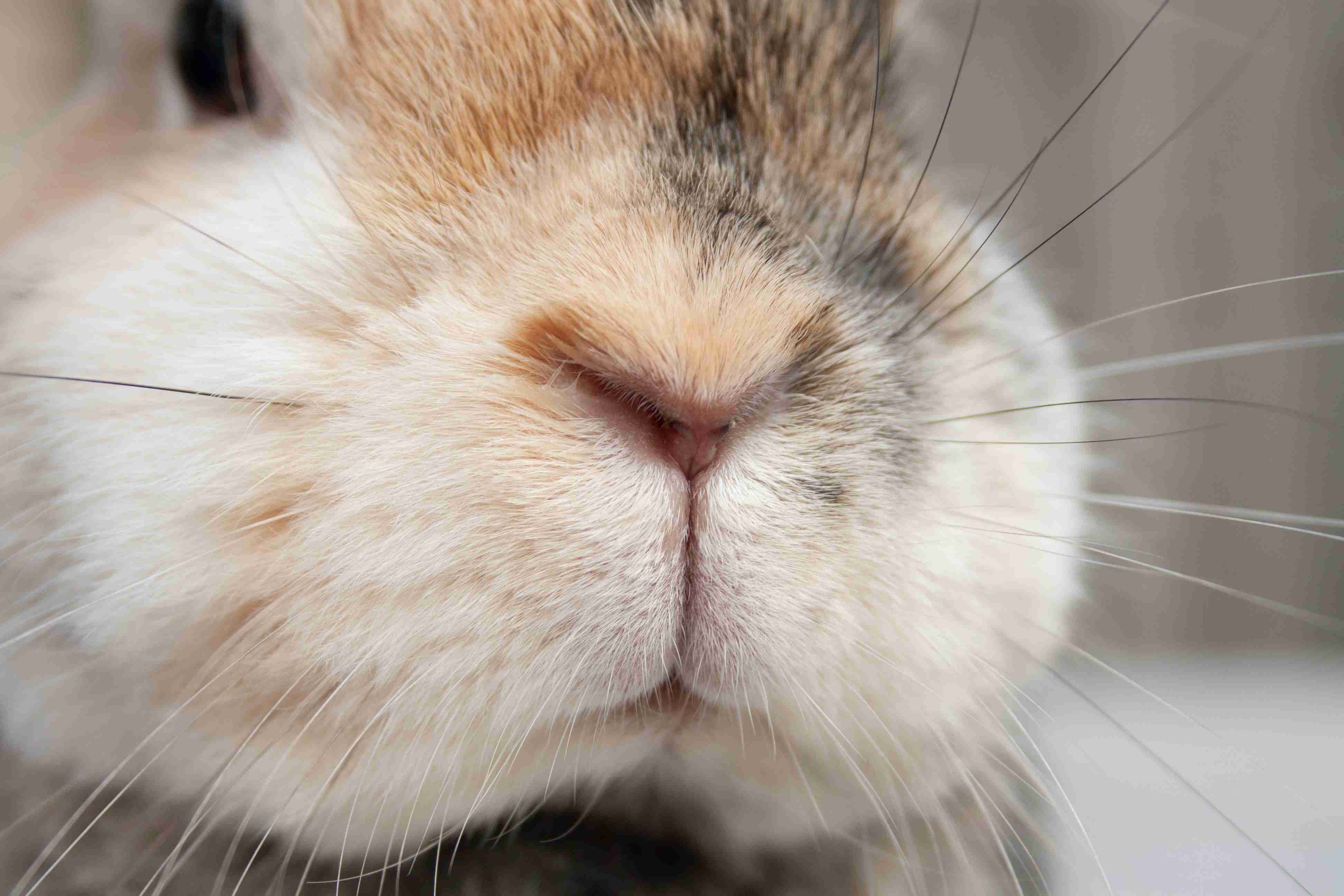
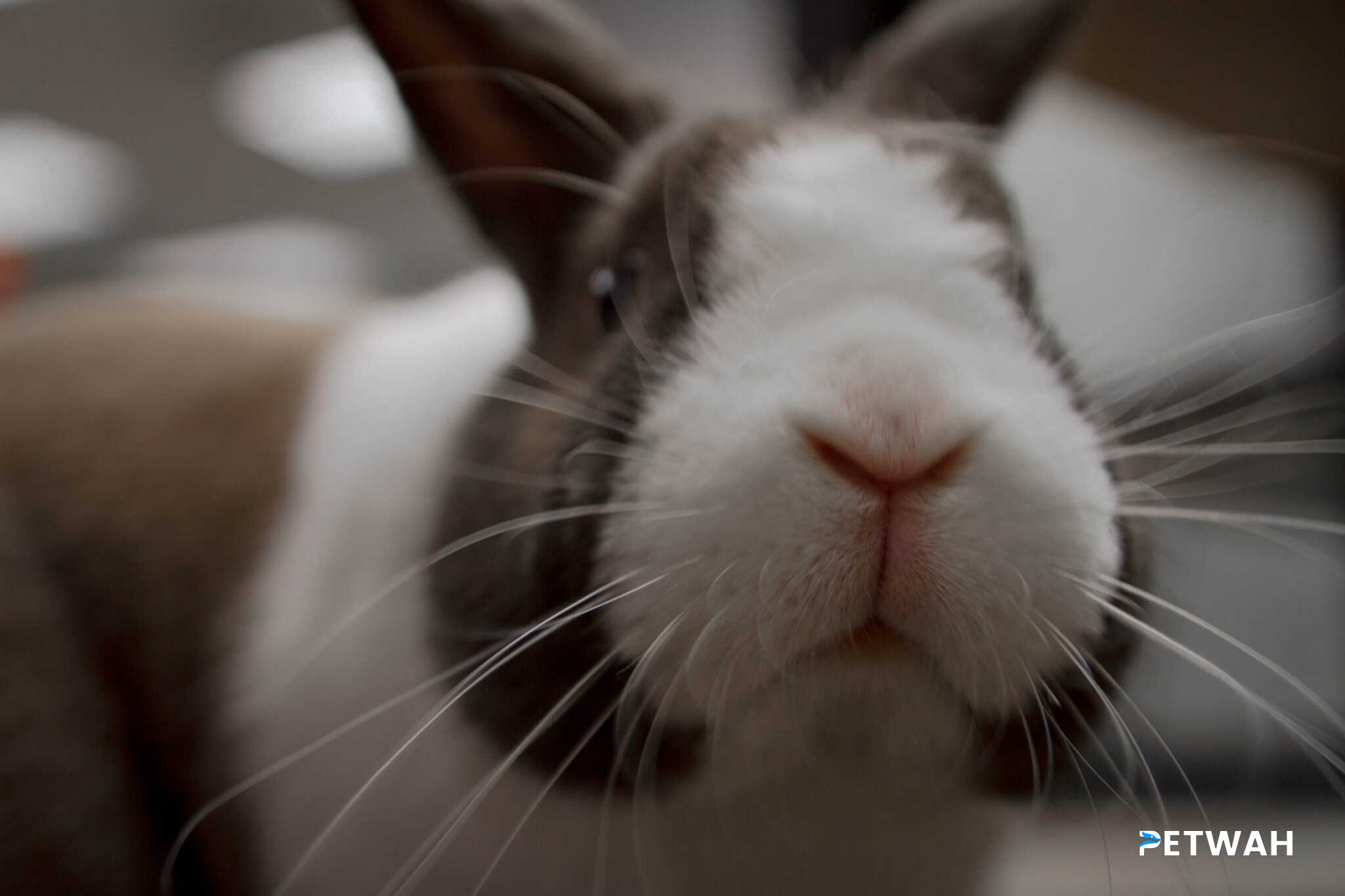
.jpg)
.jpg)
